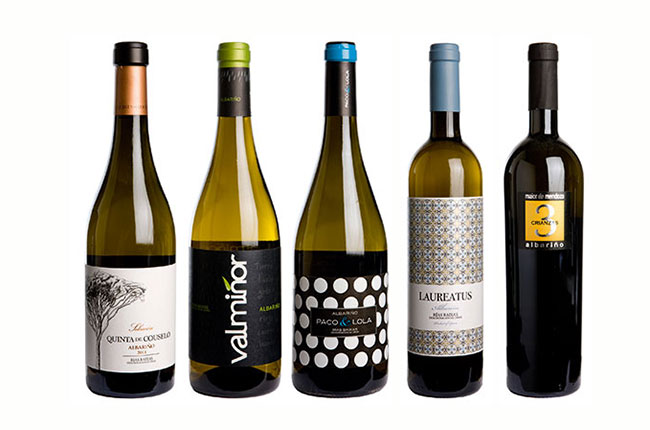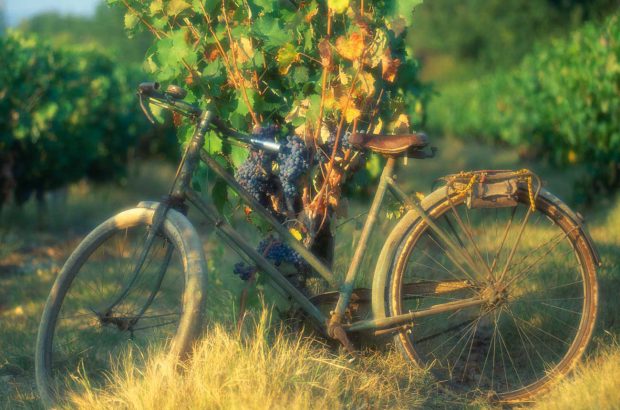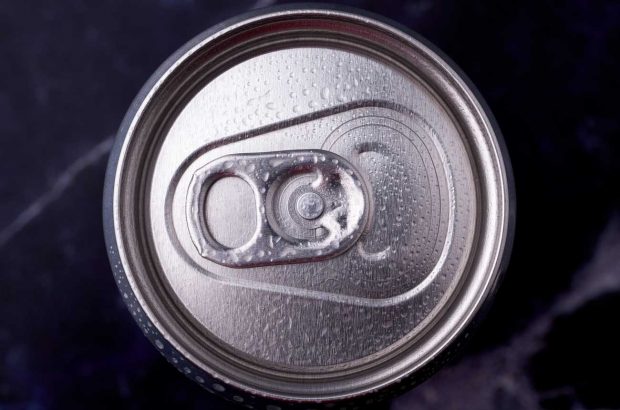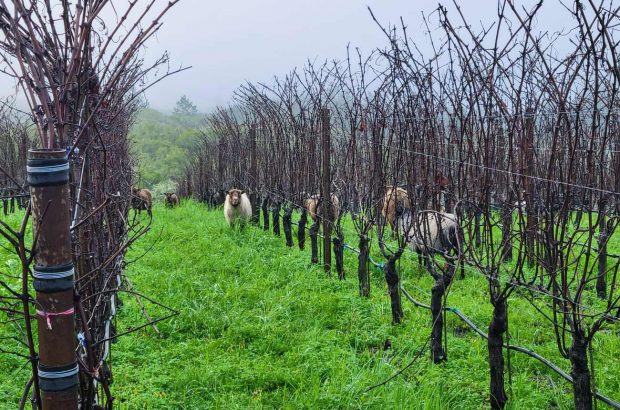The panel felt it was a tasting of two extremes. Pierre Mansour explained: ‘There were some truly great wines with real identity, class and intensity, but at the same time they were light and gentle in structure and alcohol. There were no poor or faulty wines, but too many neutral ones.’ Pedro Ballesteros Torres MW completely agreed: ‘Half of the wines tasted as if they were made in the winery – you couldn’t identify the grape or the terroir. They were just simple, fresh white wines that left me disappointed.’
Scroll down to see the best Albariño wines from the panel tasting
It felt like Albariño was ‘suffering from the Pinot Grigio effect’, continued Ballesteros Torres. ‘You make a good wine and people fall in love with it. So you decide to increase your production tenfold and expect people to still love it? It won’t happen.’ Sarah Jane Evans MW admitted that Albariño was in ‘a risky position’. Rueda had damaged itself already by diluting the character of its Verdejos and hunting lower prices, she explained. ‘And Albariño is well on its way to doing the same thing.’
Pinot Grigio to change your mind
Weather may have had a big part to play in the poor results, with many of the wines from the mediocre 2014 vintage. Mansour said the region’s climate ‘might explain some of the neutrality and dilution. It’s very wet there, and producers have to take care of their vineyards.’ He also conceded that those 2015s that were submitted were those that had not had any lees contact, ‘which makes a huge and positive difference in Albariño’.
Decanter travel guide: Galacia, Spain
But it wasn’t all bad. The best examples did impress the judges, who were not shy in waxing lyrical about their quality. Evans described them as ‘gloriously aromatic, with seductive and charming fruit’ and urged readers to snap them up. Mansour felt the wines were made to be drunk young – with the exception of the Pazo de Señorans 2008, which had the acidity, fruit and structure to enable it to age for decades yet.
While not many wines declared sub-regions on their labels, our panel felt that it was still too early to clearly differentiate between them blind. However, Evans said she detected a saline character in the wines from Val do Salnés, which Ballesteros said represented the ‘true identity of Rías Baixas Albariño’.
As a parting message to readers, Mansour advised them to ‘stick with good producers’, while Ballesteros Torres said at under £15, these wines represented ‘great, consistent value – and they’re better than Pinot Grigio!’
Best Albariño: Panel tasting results





